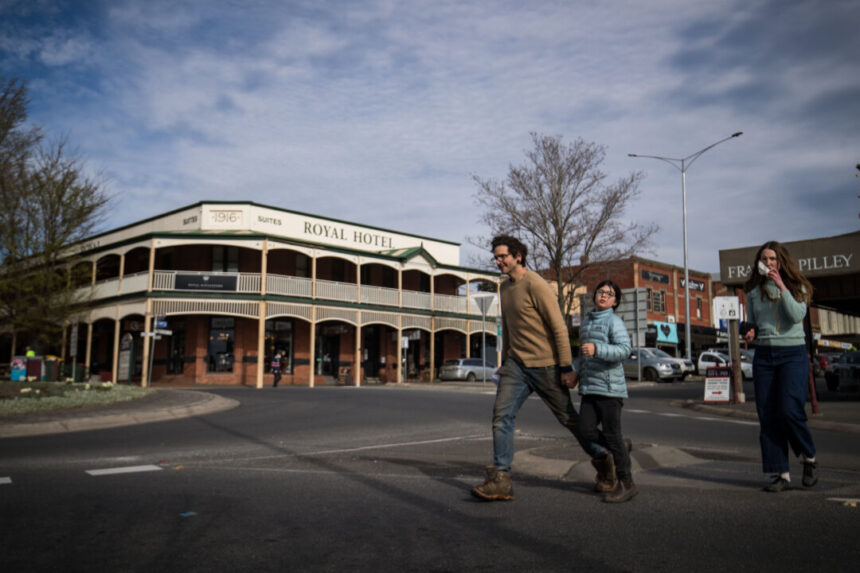With an increasing number of Victorians experiencing homelessness in towns and bushland across the state, councils are working hard to address the growing demand for housing.
In Ballarat, a city in western Victoria, Mayor Des Hudson acknowledges that councils are struggling to keep up with the housing crisis. “It’s been an ongoing issue that has now reached a critical point, and everyone is talking about it,” he told AAP. “But finding available houses doesn’t happen overnight.”
Since the onset of the pandemic, affordable rental listings in regional Victoria have dropped significantly, with PropTrack data showing a decrease from nearly 70 percent in March 2020 to just over 20 percent in April 2024 for rentals under $400 (US$266) per week.
The population of Ballarat is projected to increase from 118,000 to approximately 170,000 in the next two decades.
Hudson mentioned that the Victorian government approved the first of three proposed growth zones on the outskirts of Ballarat, but the tools available to local government to tackle the crisis operate slowly.
The shire recently unveiled its draft social and affordable housing plan, which includes freeing up council and state-owned land for development and enhancing housing diversity.
“Looking back over the past 15 years, there hasn’t been much availability of one- or two-bedroom properties entering the market,” noted Hudson.
While there are more options for larger homes, their rents are as expensive as a mortgage, according to the mayor. “This is where we see rental stress, and it’s concerning that the majority of our rough sleepers in the City of Ballarat are middle-aged females trying to escape from violent domestic situations.”
In Bendigo, a city in central Victoria, house prices rose by approximately 56 percent in the five years leading up to 2021, while average incomes only increased by 22 percent, shared Anthony Petherbridge, the council’s strategic planning manager. “We are aware of the significant disparity,” he told AAP. “We also have over 3000 applicants on the social housing waiting list in this area.”
Bendigo’s council has proposed a strategy that prioritizes urban development over greenfield expansion as it prepares for an anticipated 87,000 new residents in the next 30 years. This shift aligns with the state government’s plan for a 70:30 split between urban and outer-metropolitan residential development in Melbourne.
“A slight shift in thinking is likely necessary for much of our community,” Petherbridge added. “We’re not advocating for high-rise developments everywhere.”
Regional Cities Victoria, representing nine of Victoria’s largest councils, is urging for federal and state-funded grants for housing, infrastructure, and attracting essential workers crucial to planning and construction. “We aim to streamline the process, making it faster, easier, and more cost-effective for people to build homes in regional Victoria,” said Shane Sali, the organization’s chair and Shepparton mayor. “However, we cannot meet government commitments without the necessary professionals such as planners, engineers, building surveyors, and project managers.”
Councils are eager to contribute by unlocking land supply, Sali explained, but a lack of infrastructure like pipes and water is hindering investment and exacerbating the housing crisis. “We have the space to expand, but the absence of utilities in these areas is impeding development,” he added.








